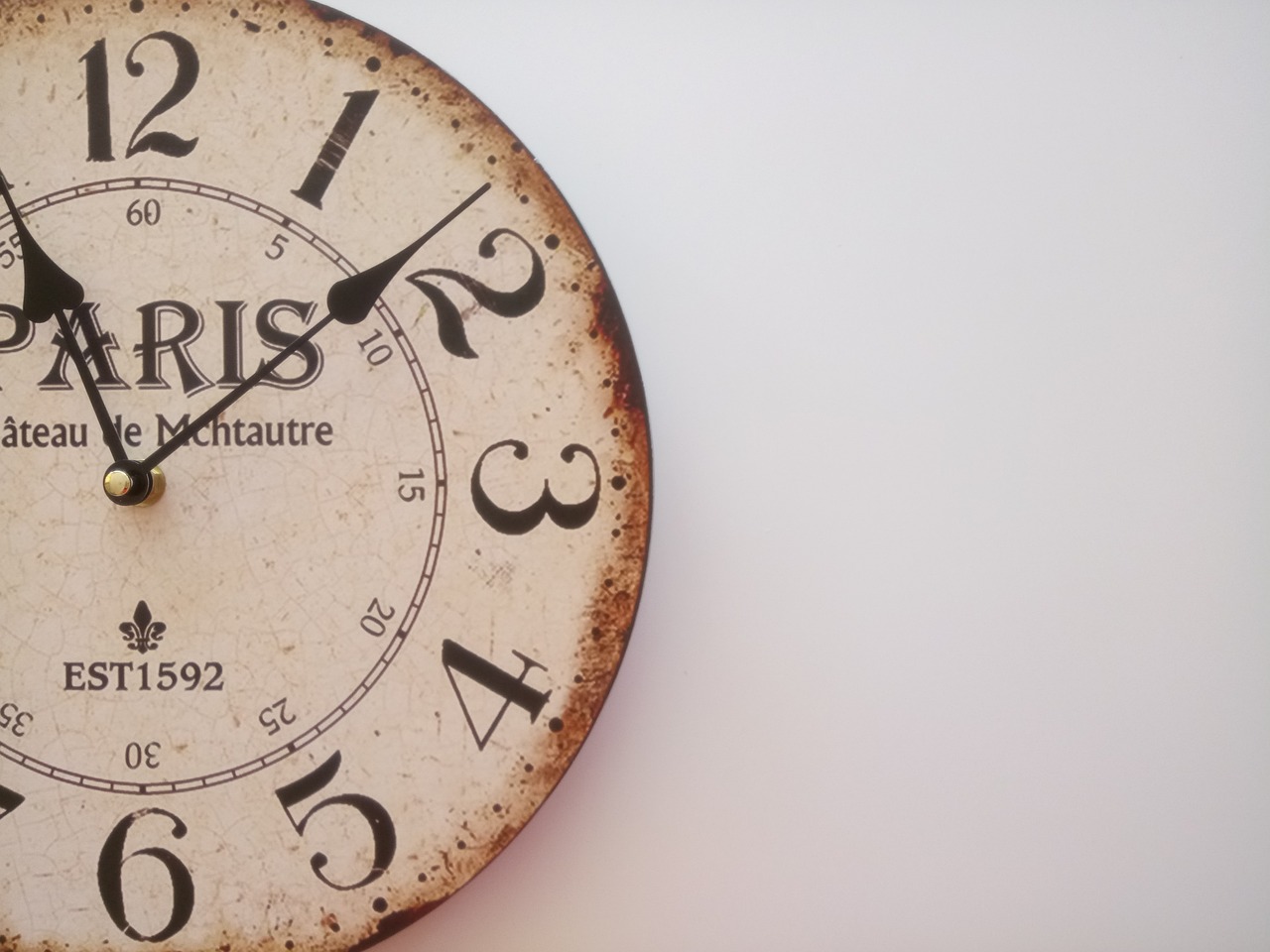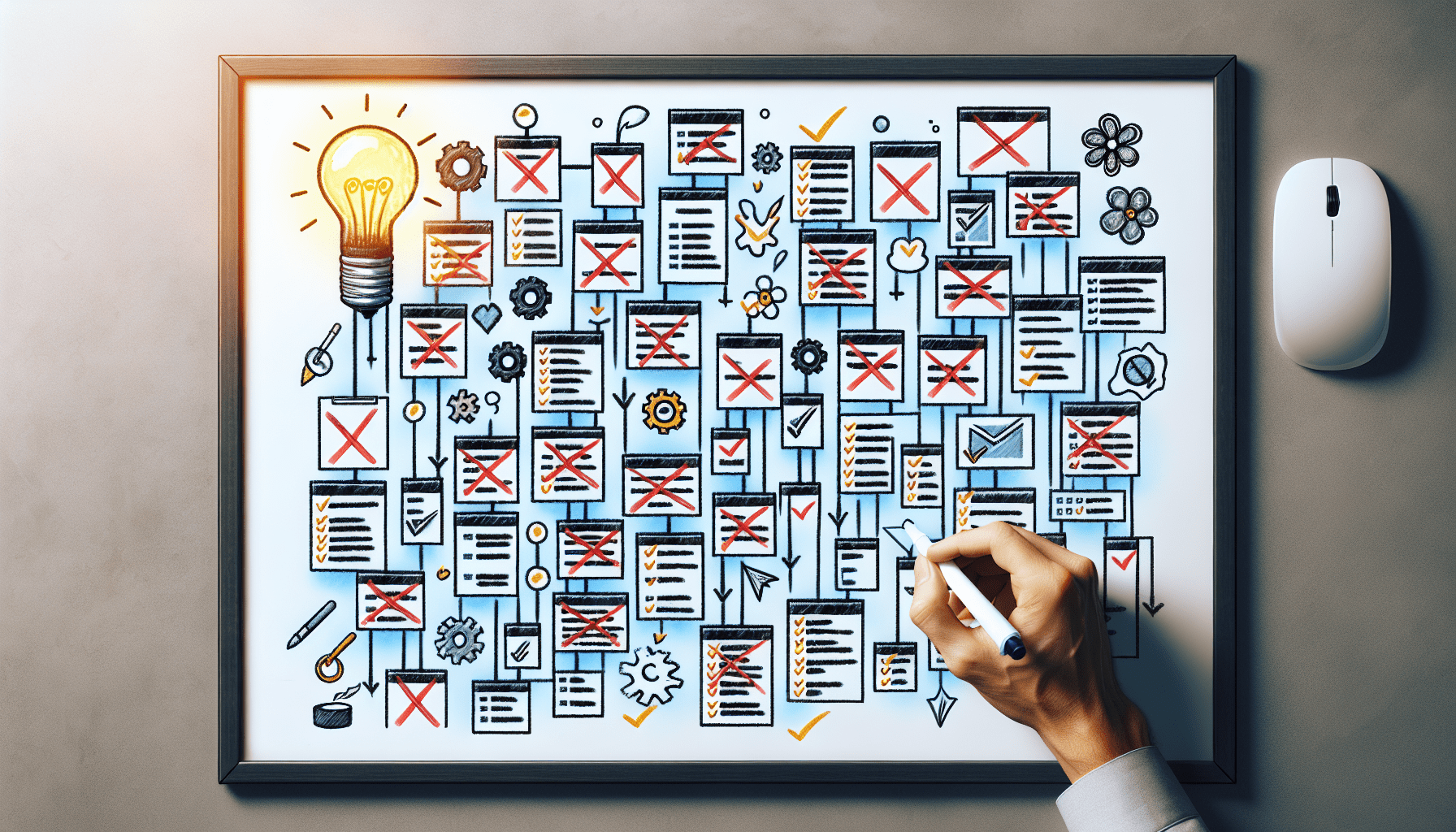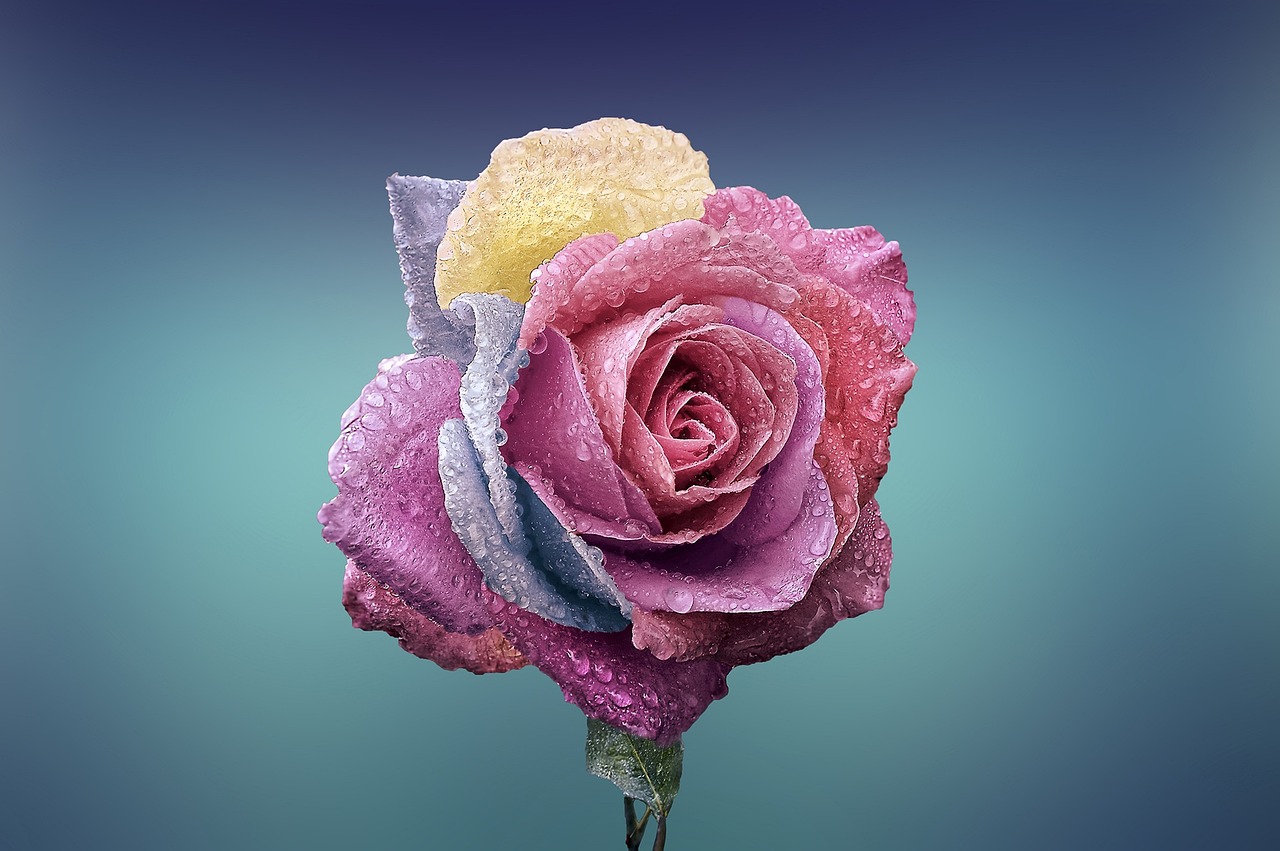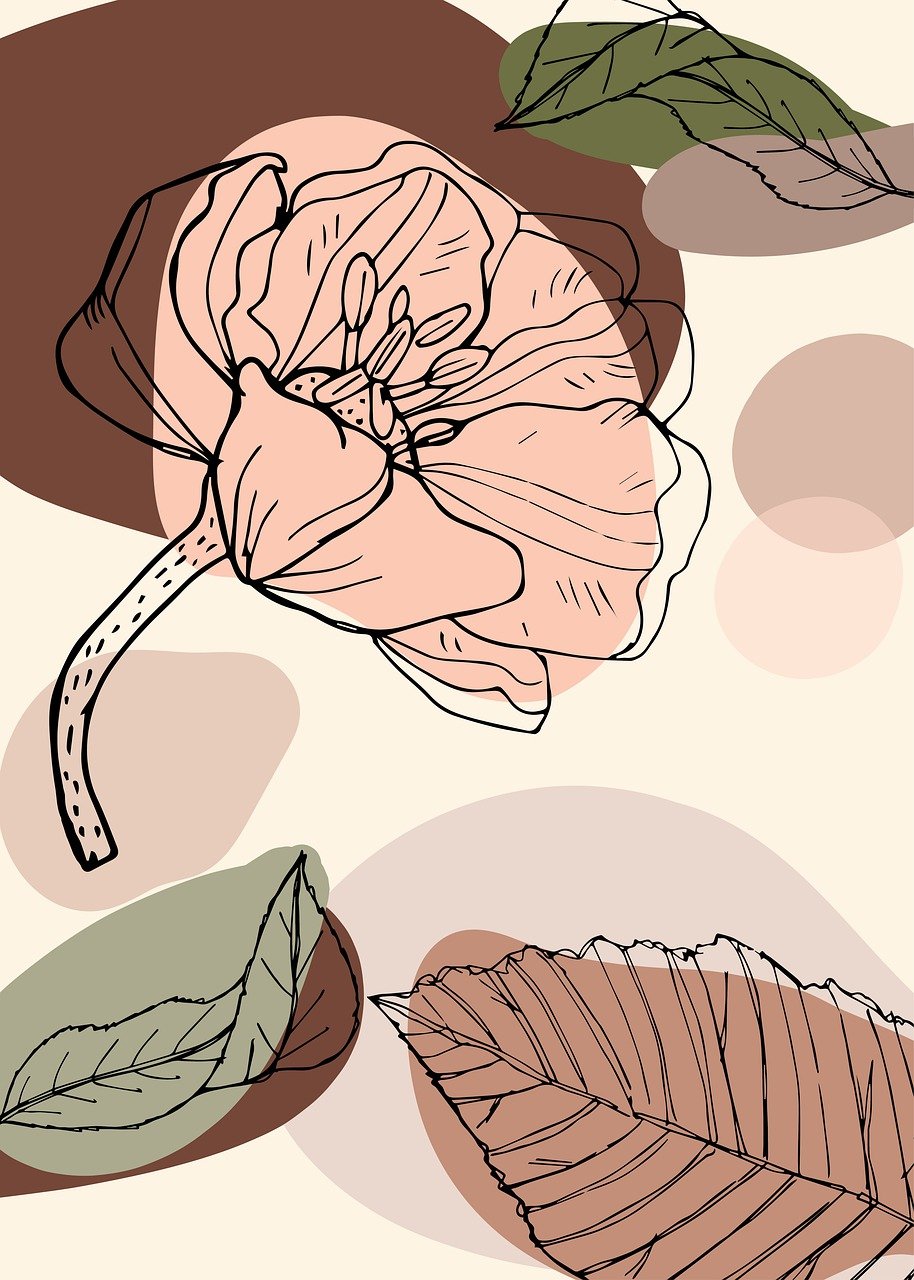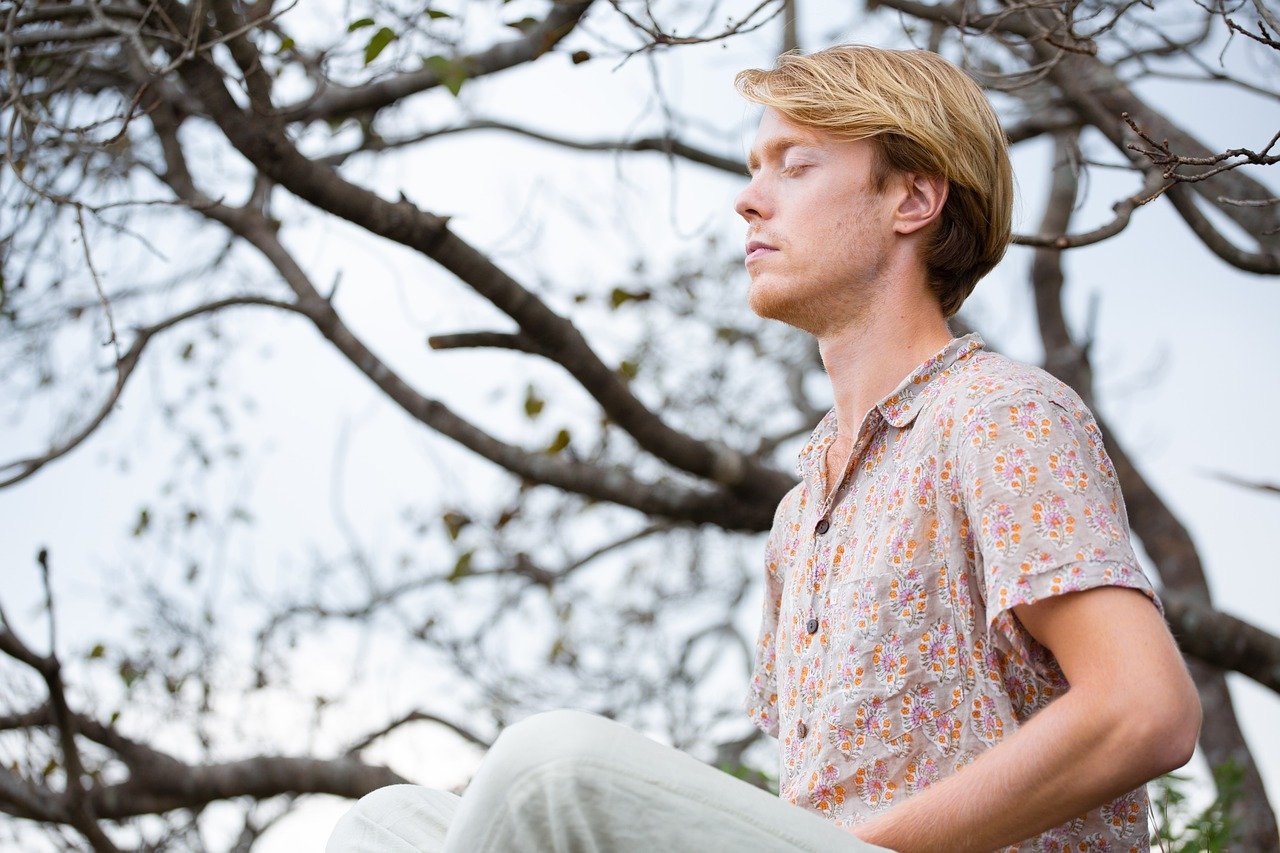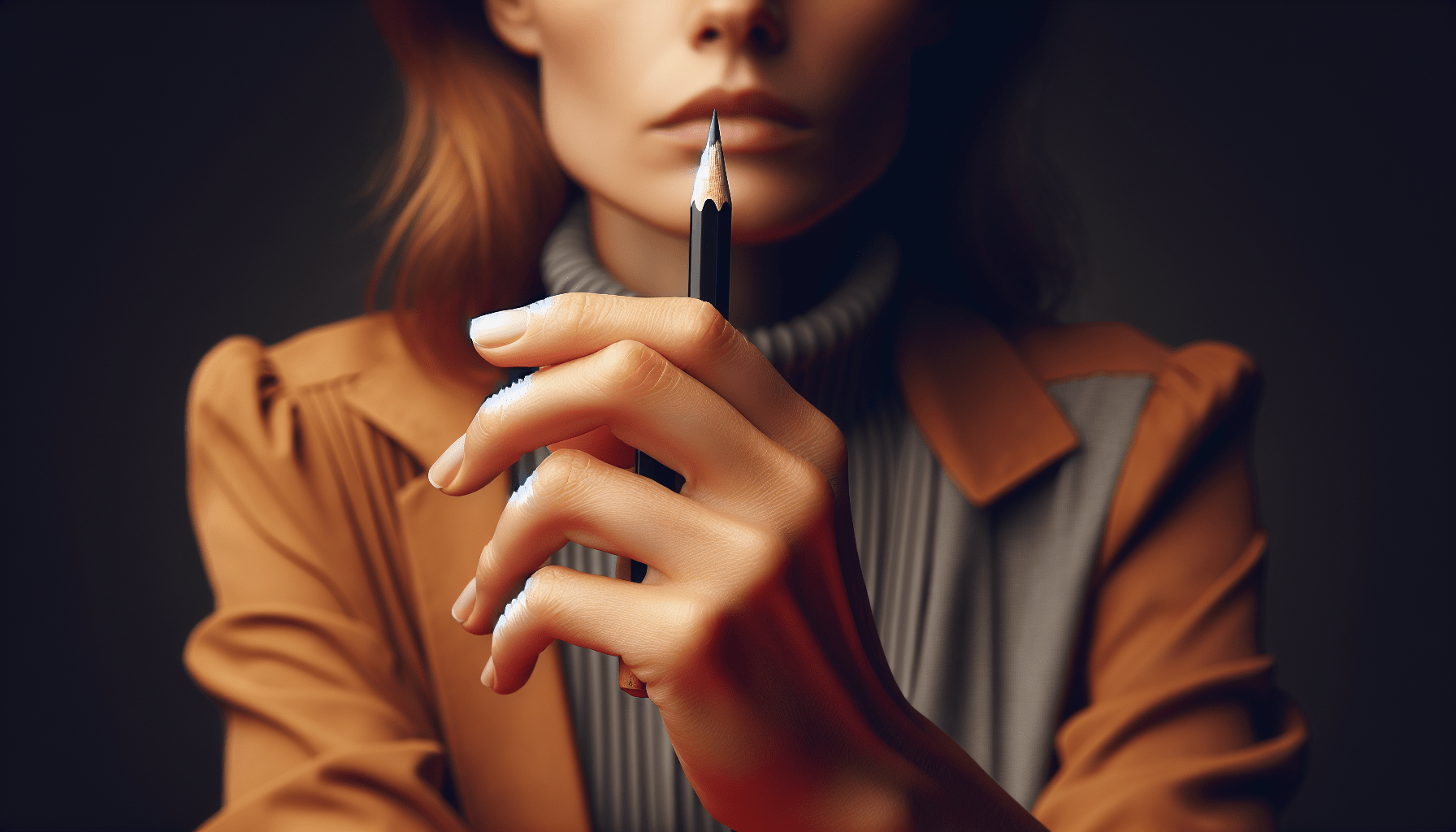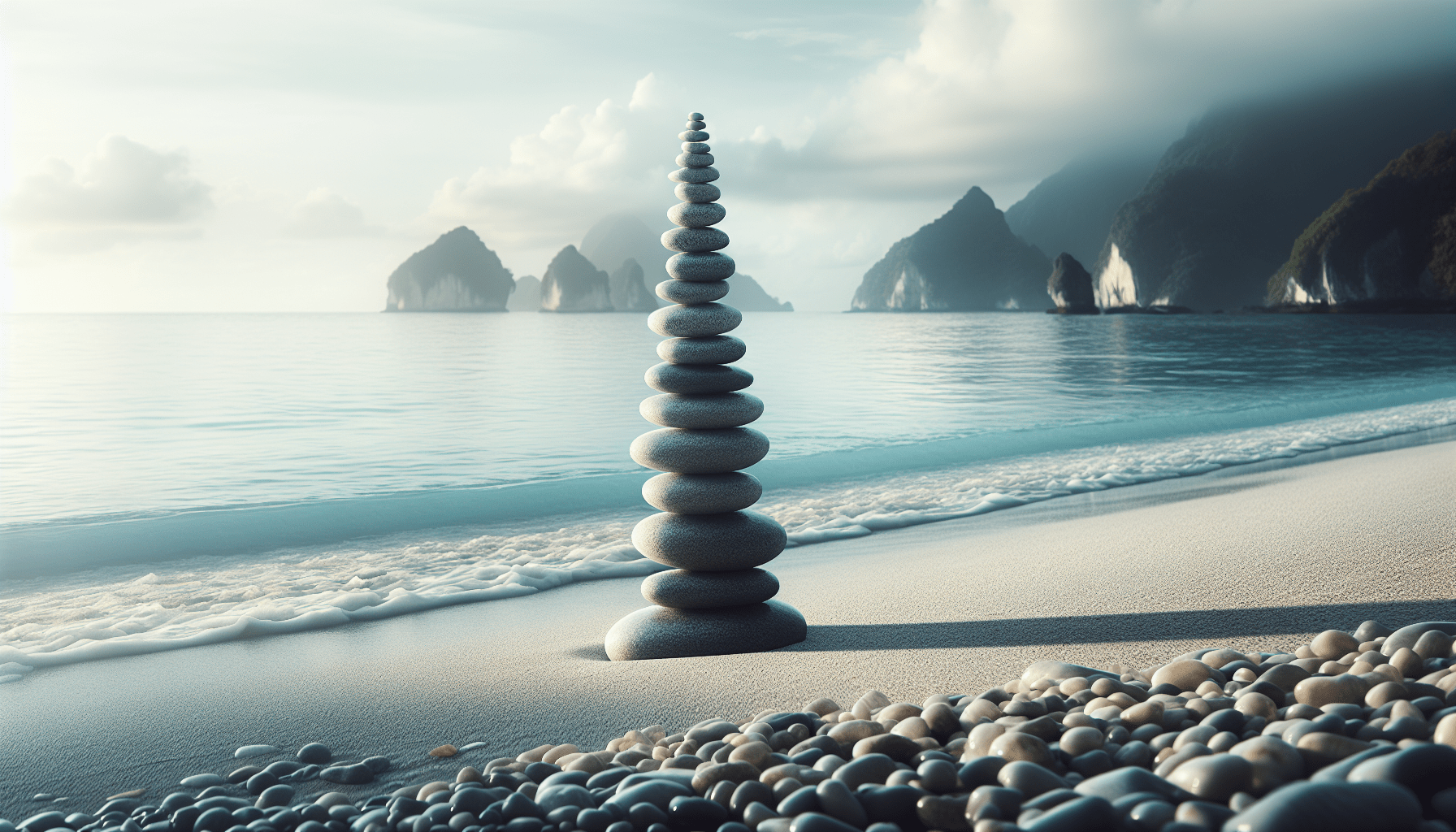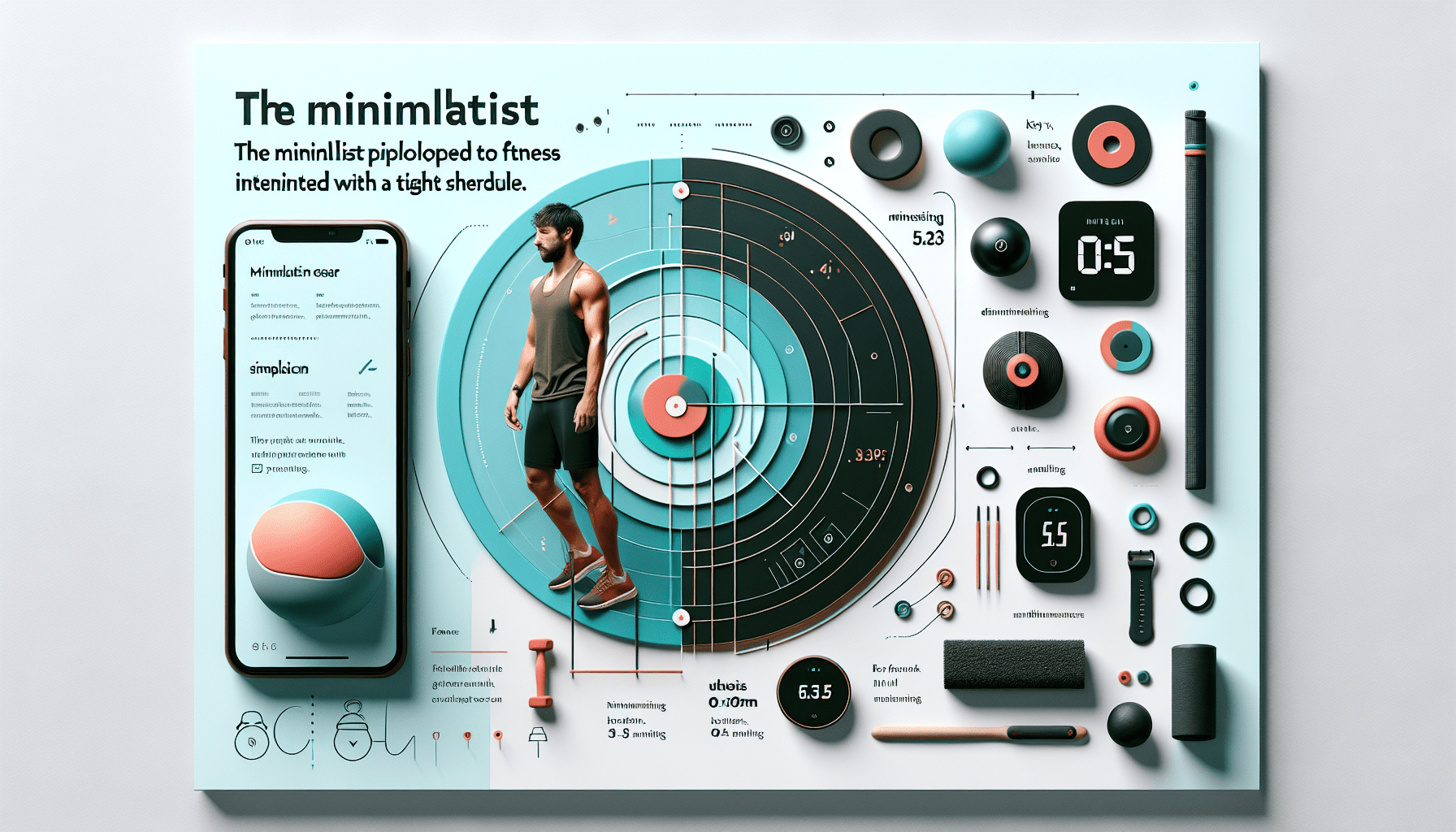
Mindfulness And Creativity: Unlocking Your Creative Potential
Are you looking to tap into your creative potential? If so, practicing mindfulness might just be the key. In this article, we will explore the powerful connection between mindfulness and creativity, and how you can use mindfulness techniques to unlock your creative abilities. By staying present, eliminating distractions, and enhancing your concentration, you will be able to fully immerse yourself in your creative endeavors and unleash your inner artist. So, grab a comfortable seat, take a deep breath, and let’s embark on a journey of discovering how mindfulness can ignite your creative spark.
Understanding Mindfulness
Definition of mindfulness
Mindfulness can be defined as the practice of intentionally focusing one’s attention on the present moment without judgment. It involves being fully present and aware of one’s thoughts, emotions, bodily sensations, and the surrounding environment. Mindfulness is about cultivating a non-reactive and accepting attitude towards whatever arises in the present moment, allowing us to be more engaged and connected to our experiences.
Benefits of practicing mindfulness
Practicing mindfulness offers numerous benefits that can positively impact various aspects of our lives. It has been shown to reduce stress, anxiety, and depression, while also improving overall mental well-being. By cultivating mindfulness, we enhance our ability to regulate emotions, develop self-awareness, and improve attention and focus. Mindfulness can also foster better relationships, promote empathy and compassion, and increase resilience in the face of challenges.
How mindfulness impacts the brain
Scientific research has demonstrated that mindfulness practice can lead to significant changes in the brain. Regular mindfulness practice has been associated with increased gray matter volume in brain regions involved in attention, emotion regulation, and self-awareness. It has also been found to strengthen neural connections between different brain regions, enhancing cognitive flexibility and creative thinking. Mindfulness practice can even have neuroplastic effects, promoting structural and functional changes that support overall mental well-being.
Different mindfulness techniques
There are various mindfulness techniques that can be used to cultivate present-moment awareness. One of the most commonly practiced techniques is mindful breathing, where attention is focused on the sensations of the breath as it moves in and out of the body. Body scan meditation involves systematically bringing attention to different parts of the body, noticing sensations without judgment. Loving-kindness meditation cultivates feelings of compassion and goodwill towards oneself and others. Other techniques include mindful walking, mindful eating, and mindfulness-based stress reduction (MBSR) programs.
Exploring Creativity
What is creativity?
Creativity is the ability to generate novel and valuable ideas, solutions, or expressions. It involves thinking outside the box, making connections between seemingly unrelated concepts, and embracing alternative perspectives. Creativity is not limited to artistic endeavors but can be applied to various areas of life, including problem-solving, innovation, and personal growth. It is a fundamental aspect of human nature and has the potential to enrich our lives and society as a whole.
The importance of creativity in different areas of life
Creativity plays a vital role in multiple domains, influencing outcomes in both personal and professional realms. In the business world, creativity is essential for innovation and staying ahead of the competition. It enables individuals to think creatively to solve complex problems and generate new strategies. In personal relationships, creativity can foster deeper connections and open up new possibilities for communication and understanding. Creativity also offers an avenue for self-expression and personal fulfillment, allowing individuals to explore and share their unique perspectives.
Common misconceptions about creativity
There are several misconceptions surrounding creativity that can hinder its development and expression. One common misconception is that creativity is a trait possessed only by a select few individuals, labeling them as “creative” and others as “non-creative.” However, everyone has the potential for creativity, and it can be nurtured and developed through practice. Another misconception is the belief that creativity is solely about originality and producing something entirely new. While originality is important, creativity also involves the ability to repurpose existing ideas and concepts in unique ways.
How creativity can be developed
Creativity is not a fixed trait, but rather a skill that can be cultivated and enhanced over time. To develop creativity, it is important to foster a mindset that embraces curiosity, exploration, and a willingness to take risks. Engaging in activities that challenge conventional thinking, such as brainstorming, lateral thinking exercises, and problem-solving games, can help stimulate creative thinking. Embracing diverse perspectives, seeking out new experiences, and maintaining an open mind are also crucial for nurturing creativity.
The Connection between Mindfulness and Creativity
Examining the relationship between mindfulness and creativity
There is a strong connection between mindfulness and creativity. Both concepts involve a heightened state of awareness and a non-judgmental attitude towards one’s experiences. When we practice mindfulness, we cultivate a mindset of curiosity, presence, and openness, which are key elements of creativity. Mindfulness can create the conditions for creativity to flourish by slowing down the mind, reducing distractions, and allowing space for innovative ideas and insights to emerge.
How mindfulness enhances creative thinking
Mindfulness enhances creative thinking by fostering a state of relaxed alertness. When we are fully present and aware, we can notice subtle details, make connections between different ideas, and access deeper insights. Mindfulness practice allows us to tap into our intuitive wisdom and engage in divergent thinking, where multiple possibilities and perspectives are explored. By letting go of preconceived notions and expectations, mindfulness helps us approach challenges with a fresh and open mind, enhancing our creative problem-solving abilities.
Scientific studies on the impact of mindfulness on creativity
Numerous scientific studies have explored the impact of mindfulness on creativity. Research has shown that mindfulness practice can enhance creative performance, improve idea generation, and increase cognitive flexibility. A study published in the journal Creativity Research Journal found that mindfulness training led to a significant increase in creative problem-solving abilities. Another study published in Frontiers in Psychology demonstrated that mindfulness practice enhanced divergent thinking and originality.
Ways mindfulness can unlock creative potential
Mindfulness can unlock creative potential by creating the optimal conditions for creativity to flourish. By practicing mindfulness, we can cultivate a state of non-judgmental awareness, which allows us to let go of self-criticism and perfectionism that often stifles creativity. Mindfulness helps reduce the mental noise and distractions that hinder creative thinking, allowing us to access deeper levels of concentration and flow. By being fully present and engaged in the creative process, we can tap into our innate creative potential and discover new possibilities.
Practicing Mindfulness for Creative Flow
Using mindfulness to quiet the mind
To enter a state of creative flow, it is essential to quiet the mind and let go of external distractions. Mindfulness practice can help achieve this by bringing attention to the present moment. By focusing on the breath or bodily sensations, we can anchor our awareness and shift our attention away from intrusive thoughts. Mindfulness encourages us to observe thoughts as they arise, without getting caught up in them, allowing the mind to settle and create space for creativity to emerge.
Creating a conducive environment for creativity
Creating a conducive environment for creativity involves setting up a physical space that supports the creative process. This space should be free from clutter, distractions, and excessive noise. Incorporating elements such as natural light, plants, and inspiring artwork can contribute to a sense of calm and inspiration. It is also important to establish a regular routine or schedule dedicated to creative practice, providing a consistent framework for mindfulness and creative flow.
Mindful breathing exercises to enhance focus and clarity
Mindful breathing exercises can enhance focus and clarity, helping to cultivate a state of creative flow. One effective technique is deep belly breathing, where you inhale deeply, allowing your abdomen to expand, and exhale fully, releasing any tension or stress. Another technique is the 4-7-8 breathing method, where you inhale for a count of four, hold the breath for a count of seven, and exhale for a count of eight. These exercises help regulate the nervous system, calm the mind, and enhance present-moment awareness.
Applying mindfulness techniques during the creative process
During the creative process, mindfulness techniques can be applied to enhance the quality of engagement and the depth of creative exploration. By bringing mindfulness to each stage of the creative process, from idea generation to execution, we can cultivate a sense of curiosity, openness, and non-judgment. Mindfulness can help us become more attuned to the subtle nuances of our work, allowing us to make deliberate choices and refine our creative expression. It also enables us to respond to challenges and setbacks with resilience and adaptability.
Harnessing Mindfulness for Inspiration
Using mindfulness to cultivate a receptive mindset
Mindfulness can be used to cultivate a receptive mindset, which is essential for inspiration to arise. By practicing mindful awareness, we become more attuned to the present moment and the richness of our sensory experiences. This heightened awareness allows us to notice and appreciate the beauty and inspiration in our surroundings, whether it be in nature, art, or everyday moments. By approaching each moment with a sense of curiosity and openness, we create the conditions for inspiration to unfold.
Finding inspiration in the present moment
Rather than seeking inspiration outside of ourselves, mindfulness teaches us to find inspiration within the present moment. By fully immersing ourselves in the sensory experiences of the here and now, we can tap into a wellspring of creativity and fresh perspectives. Whether it is the play of light and shadow, the sound of birds chirping, or the texture of a surface, being fully present allows us to engage with our environment in a way that stimulates the senses and ignites our creative spark.
Mindfulness practices for generating new ideas
Mindfulness practices can be used specifically to generate new ideas and expand our creative thinking. One technique is to engage in focused observation, where we choose an object or concept and observe it mindfully, paying attention to its qualities, associations, and potential connections. Mindful writing or journaling can also be a powerful way to unleash creative insights. By writing freely without judgment or the need for coherence, we allow our thoughts and ideas to flow, uncovering new perspectives and possibilities.
Using mindfulness to overcome creative blocks
Creative blocks are a common challenge that artists and creators face. Mindfulness can be a powerful tool to overcome these blocks by fostering a non-judgmental and compassionate attitude towards our creative process. By bringing mindful awareness to the blocks and the emotions associated with them, we create space for self-compassion and acceptance. Mindfulness practices such as loving-kindness meditation can help cultivate a sense of patience and self-support, allowing us to navigate creative blocks with greater ease and resilience.
Cultivating Mindful Observation
Developing the skill of mindful observation
Mindful observation is the practice of intentionally and non-judgmentally observing the present moment. It involves paying attention to the details of our sensory experiences, thoughts, and emotions, without getting caught up in or reacting to them. Developing the skill of mindful observation requires practice and a willingness to be fully present with whatever arises. By cultivating this skill, we can deepen our connection to the world around us and develop a greater appreciation for the beauty and complexity of everyday moments.
Enhancing attention to detail through mindfulness
Mindfulness enhances attention to detail by training us to be fully present and engaged with our sensory experiences. By bringing focused awareness to the present moment, we notice subtle details that may have otherwise gone unnoticed. Mindful observation allows us to appreciate the intricate patterns, textures, and colors of our surroundings, enhancing our ability to capture these details in our creative endeavors. Through mindfulness, we can develop a more discerning eye and a heightened sense of aesthetics.
Uncovering hidden patterns and connections
Mindful observation can reveal hidden patterns and connections in our experiences and creative work. By approaching each moment with a sense of curiosity and openness, we can notice the interplay of different elements and how they relate to one another. This expanded awareness allows us to make unexpected connections and discover new insights. By seeing the underlying patterns and connections, we can bring fresh perspectives and innovative ideas to our creative endeavors.
Increasing awareness of sensory experiences
Mindful observation amplifies our awareness of sensory experiences, enriching our creative process. By tuning in to the sights, sounds, smells, tastes, and tactile sensations of the present moment, we engage our senses fully. This heightened sensory awareness can inspire creativity and infuse our work with depth and richness. By noticing the interplay of different sensory experiences, we can incorporate these elements into our creative expression, creating a multi-dimensional and immersive experience for ourselves and our audience.
Mindfulness as a Tool for Self-Expression
Building self-awareness through mindfulness
Mindfulness is a powerful tool for building self-awareness, which is essential for authentic self-expression. By practicing mindfulness, we develop the ability to observe our thoughts, emotions, and bodily sensations without judgment or attachment. This heightened self-awareness allows us to understand our unique perspectives, values, and passions, enabling us to express ourselves authentically through our creative endeavors. Mindfulness helps us cultivate a deep connection with our inner experiences, giving rise to a sense of authenticity and integrity in our self-expression.
Using mindfulness to connect with emotions and inner experiences
Mindfulness provides a pathway to connect with our emotions and inner experiences, enabling us to express ourselves more fully. By bringing non-judgmental awareness to our emotions, we create space for them to be acknowledged, understood, and expressed creatively. Mindfulness practices such as body scan meditation and loving-kindness meditation can help us tap into the depth of our emotional experiences, fostering a sense of emotional intelligence and facilitating authentic self-expression.
Expressing creativity authentically through mindfulness
Authentic self-expression is born from an alignment with our true selves and an ability to bring forth our unique perspectives and experiences. Mindfulness offers a way to cultivate this authenticity by allowing us to tap into our inner wisdom and intuition. By practicing mindfulness, we become attuned to our inner voice and the creative impulses that arise from within. This deep sense of self-connection enables us to express our creativity in a genuine and sincere way, resonating with others on a deeper level.
Mindfulness practices for exploring personal artistic style
Exploring personal artistic style requires self-reflection and an openness to experimentation. Mindfulness can support this exploration by creating a safe and non-judgmental space to experiment with different artistic techniques and styles. Mindfulness practices such as mindful drawing or painting can help us access our intuitive insights and unique artistic expression. By balancing a focused and disciplined approach with a sense of spontaneity and playfulness, we can cultivate our personal artistic style and discover our authentic creative voice.
Overcoming Creative Challenges with Mindfulness
Using mindfulness to navigate creative obstacles
Creative challenges and obstacles are an inevitable part of the creative process. Mindfulness can provide valuable tools for navigating these challenges with greater ease and resilience. By practicing mindfulness, we develop the ability to observe and respond to challenges without getting entangled in negative thoughts or emotions. Mindfulness allows us to approach obstacles with a sense of curiosity and acceptance, fostering a mindset that is open to new possibilities and solutions.
Developing resilience and resourcefulness
Mindfulness cultivates resilience and resourcefulness, which are crucial for overcoming creative challenges. By cultivating present-moment awareness and non-judgmental acceptance, we become more adaptable and flexible in our approach to obstacles. Mindfulness enables us to tap into our inner strengths and resources, fostering a sense of confidence and self-efficacy. This resilience and resourcefulness empower us to face creative challenges with a growth mindset, finding creative solutions and learning from setbacks.
Letting go of perfectionism through mindfulness
Perfectionism can be a significant barrier to creativity and productivity. Mindfulness can help us let go of perfectionism by cultivating a mindset of acceptance and self-compassion. Through mindfulness, we become aware of the critical and judgmental thoughts that fuel perfectionistic tendencies, allowing us to respond to them with kindness and non-attachment. Mindfulness encourages us to embrace the process rather than fixating on outcomes, fostering a sense of freedom and creative exploration.
Reframing failure and setbacks with a mindful perspective
Mindfulness offers a mindful perspective through which we can reframe failure and setbacks. By approaching failures and setbacks with non-judgmental awareness, we can shift our perspective from one of defeat to one of growth and learning. Mindfulness practice enables us to cultivate self-compassion and self-acceptance, recognizing that setbacks are part of the creative journey. By reframing failures as opportunities for growth and resilience, we can continue to move forward on our creative path with renewed enthusiasm and determination.
Integrating Mindfulness into Daily Life for Sustained Creativity
Creating a mindful routine for increased creativity
Integrating mindfulness into daily life involves creating a routine that supports sustained creativity. This routine can include dedicated times for mindfulness practice, such as morning or evening meditation sessions. Infusing mindfulness into daily activities, such as mindful eating, walking, or cleaning, can also help maintain a sense of present-moment awareness throughout the day. By establishing a consistent mindfulness routine, we create a foundation for sustained creativity and cultivate a mindset that is receptive to inspiration and innovative thinking.
Applying mindfulness principles to various aspects of life
Mindfulness principles can be applied to various aspects of life, extending beyond formal meditation practice. Bringing mindfulness to daily interactions and relationships fosters deeper connections, empathy, and understanding. Applying mindful awareness to work tasks promotes focus, productivity, and creative problem-solving. Taking mindful breaks throughout the day allows for rejuvenation and enhances overall well-being. By applying mindfulness principles to various aspects of life, we create a harmonious integration of mindfulness and sustained creativity.
Finding balance between mindfulness and productivity
Finding a balance between mindfulness and productivity is crucial for sustained creativity. While mindfulness encourages being fully present and engaged in the present moment, productivity requires action and focused effort. By finding a balance between mindfulness and action, we can harness the benefits of both. Mindfulness practice can serve as a foundation for focused work by cultivating attention and reducing distractions. At the same time, productivity can be enhanced by regularly incorporating mindfulness breaks to cultivate mental clarity and creative rejuvenation.
Maintaining a long-term mindfulness practice for sustained creative growth
To experience sustained creative growth, it is essential to maintain a long-term mindfulness practice. Building a mindful routine and integrating mindfulness principles into everyday life are important steps in this process. Consistency and commitment are key to reaping the benefits of mindfulness over time. Regularly attending mindfulness programs, workshops, or retreats can provide ongoing support and deepen the practice. By making mindfulness a lifelong commitment, we create a pathway for sustained creative growth and holistic well-being.
Mindfulness and Collaborative Creativity
Using mindfulness to enhance teamwork and collaboration
Mindfulness can be a valuable tool for enhancing teamwork and collaboration. By cultivating a mindful presence, individuals become more attuned to their own thoughts and emotions, allowing for greater empathy and understanding of others. Mindfulness practices such as mindful listening and non-judgmental communication can foster effective and respectful collaboration. By bringing mindful awareness to group dynamics, individuals can navigate conflicts, foster creativity, and promote a harmonious and productive collaborative environment.
Building empathy and understanding through mindfulness
Mindfulness builds empathy and understanding by fostering a deep connection with one’s own experiences and emotions. When individuals are more self-aware, they are better able to understand and empathize with the experiences and perspectives of others. Mindfulness enables individuals to be present and fully attentive to the needs, strengths, and challenges of their collaborators. By practicing mindfulness, individuals can cultivate a sense of compassion and empathy, facilitating effective communication and creative collaboration.
Applying mindfulness techniques in group creative processes
Mindfulness techniques can be applied during group creative processes to enhance focus, openness, and creativity. Mindful group exercises, such as sharing personal reflections, can foster a sense of mutual respect and trust, creating a safe and supportive environment for ideas to be freely expressed. Mindfulness techniques, such as mindful breathing or body scan, can be incorporated into group meetings or brainstorming sessions to cultivate a collective state of presence and non-judgment. By incorporating mindfulness into group creative processes, teams can unlock their collective creative potential.
Creating a mindful workspace for collaborative creativity
Creating a mindful workspace is essential for promoting collaborative creativity. The physical environment should be designed to support mindfulness, with features that reduce distractions and promote calmness, such as natural light and plants. Incorporating mindfulness tools, such as meditation cushions or quiet contemplative spaces, can provide opportunities for individuals to recharge and connect with their own inner experiences. Additionally, establishing mindful practices, such as mindful check-ins or group meditations, can foster a sense of collective presence and cohesion, supporting the collaborative creative process.
With a comprehensive understanding of mindfulness and its connection to creativity, you can now begin to harness the power of mindfulness to unlock your creative potential. By cultivating a present-moment attitude, embracing curiosity, and integrating mindfulness into your daily life and creative endeavors, you can tap into the wellspring of creativity that resides within you. With regular mindfulness practice, you can not only enhance your creative thinking and problem-solving abilities but also find greater fulfillment and joy in your creative expressions. So, embark on this journey of mindfulness and creativity, and let your imagination soar to new heights.

